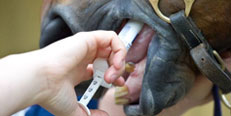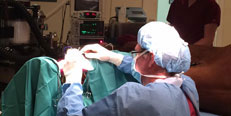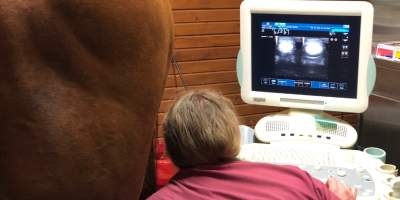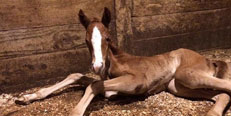
Well Care
Vaccinations, Deworming, Floating, and Nutrition

Sports Medicine
PRP, IRAP, Lameness Exams, and Shockwave Therapy

Surgery
Purposely Planned State-Of-The-Art Surgical Facility

Internal Medicine
Infectious Diseases and Neurologic Disorders

Reproductive
Mare and Stallion Breeding and Neonatal Foal Care
Journey Through Equine Hoof Health
Unlocking the Secrets of Your Horse’s Hooves Have you recently taken a close look at your horse’s feet? The growth ... Read More
Winter Hoof Care: Essential Tips for Maintaining Your Horse’s Hoof Health
Tackling Winter’s Unique Challenges for Hoof Health As winter approaches, it brings unique challenges for horse owners, especially concerning hoof ... Read More
Winter Workouts: 8 Reasons to Keep Your Horse Moving This Winter
The Essential Role of Exercise in Winter Horse Care As horse owners, we often notice a slow down in our ... Read More
This message is only visible to admins.
Problem displaying Facebook posts.
Error: Server configuration issue
Client Portal
Client Portal Info goes here...
FEATURES
- Feature text goes here
- Feature text goes here
- Feature text goes here
- Feature text goes here
- Feature text goes here
- Feature text goes here